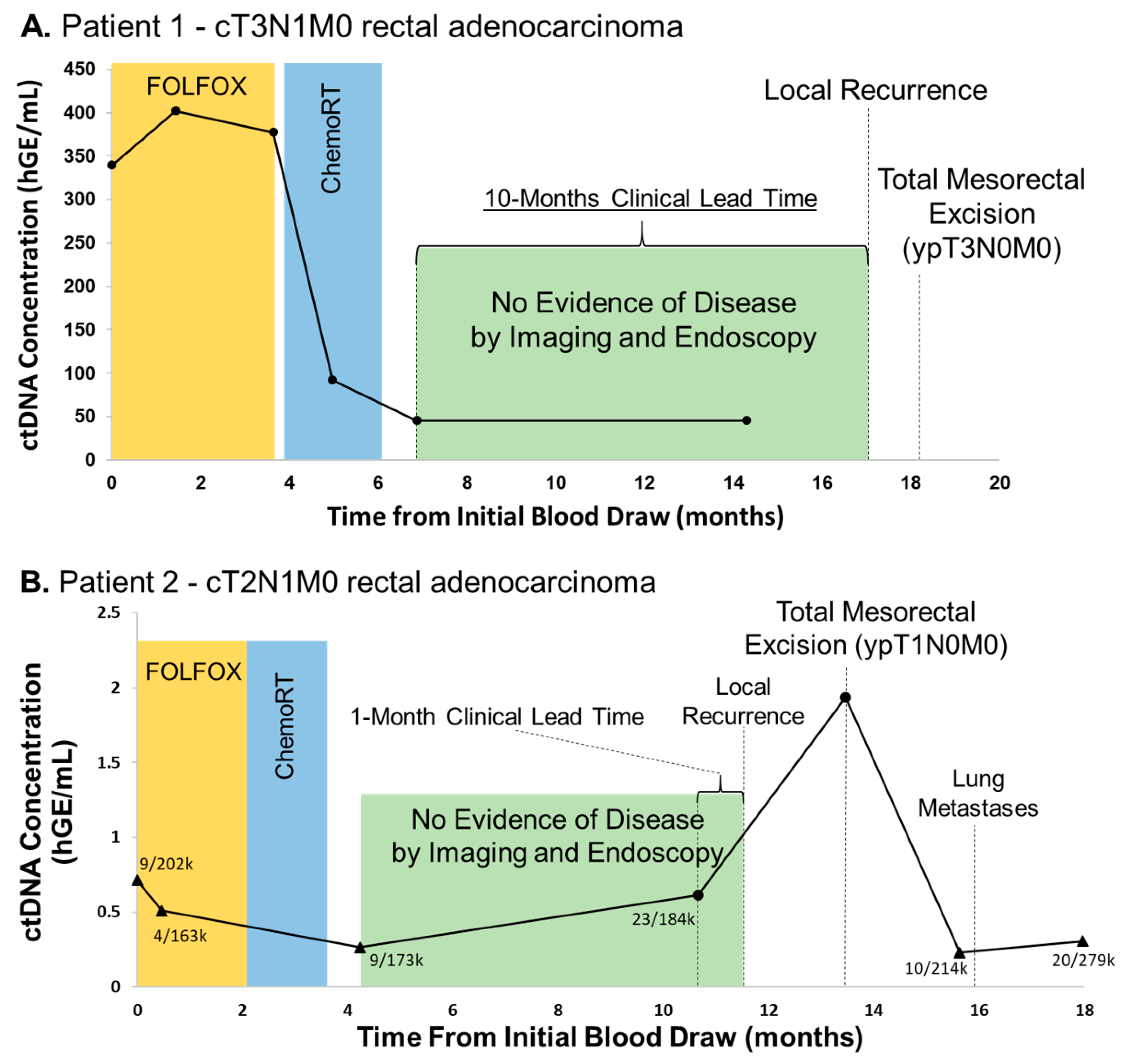


It does not store any personal data.Īnalytical cookies are used to understand how visitors interact with the website. The cookie is set by the GDPR Cookie Consent plugin and is used to store whether or not user has consented to the use of cookies. General purpose platform session cookies that are used to maintain users' state across page requests. The cookie is used to store the user consent for the cookies in the category "Performance". This cookie is set by GDPR Cookie Consent plugin. The cookie is used to store the user consent for the cookies in the category "Other. The cookies is used to store the user consent for the cookies in the category "Necessary". The cookie is set by GDPR cookie consent to record the user consent for the cookies in the category "Functional". The cookie is used to store the user consent for the cookies in the category "Analytics". The cookie is set by GDPR cookie consent to record the user consent for the cookies in the category "Advertisement". Amazon has updated the ALB and CLB so that customers can continue to use the CORS request with stickness. This cookie is used for load balancing services provded by Amazon inorder to optimize the user experience. These cookies ensure basic functionalities and security features of the website, anonymously.

The authors noted no significant differences between half-dose and half-fluence photodynamic therapy and no serious treatment complications.Ĭonclusions: Half-dose and half fluence photodynamic therapy are safe and effective treatment alternatives for chronic central serous chorioretinopathy.Necessary cookies are absolutely essential for the website to function properly. Visual acuity before treatment ranged from 20/15 to 20/100 after treatment, visual acuity also ranged from 20/15 to 20/100. Results: Eight patients aged 46 to 80 years (11 eyes) were treated for central serous chorioretinopathy with half-dose or half-fluence photodynamic therapy, or with both of these treatment modalities on different occasions. The authors recorded demographics, visual acuity, and change in central retinal thickness as measured by optical coherence tomography. Methods: Retrospective medical record review of patients with chronic or recurrent central serous chorioretinopathy who received half-dose or half-fluence photodynamic therapy from May 2008 through March 2011 at a tertiary care referral center in Portland, Oregon, USA. Photodynamic therapy has been used successfully but with side effects thus, the authors explored half-dose and half-fluence photodynamic therapy as lower-risk alternatives. Background: Chronic central serous chorioretinopathy presents a treatment challenge.


 0 kommentar(er)
0 kommentar(er)
